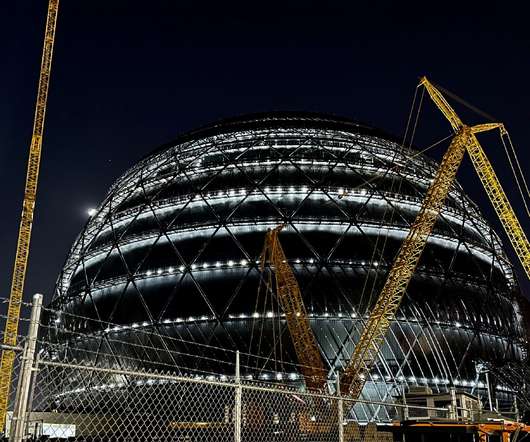The Performance Inequality Gap, 2024
Alex Russell
JANUARY 30, 2024
The usual caveats also apply: Performance is a deep and nuanced domain, and much can go wrong beyond content size and composition. How sites manage resources after-load can have a big impact on perceived performance. Until and unless teams have better data about their performance, the global baseline budget should be enforced.











Let's personalize your content